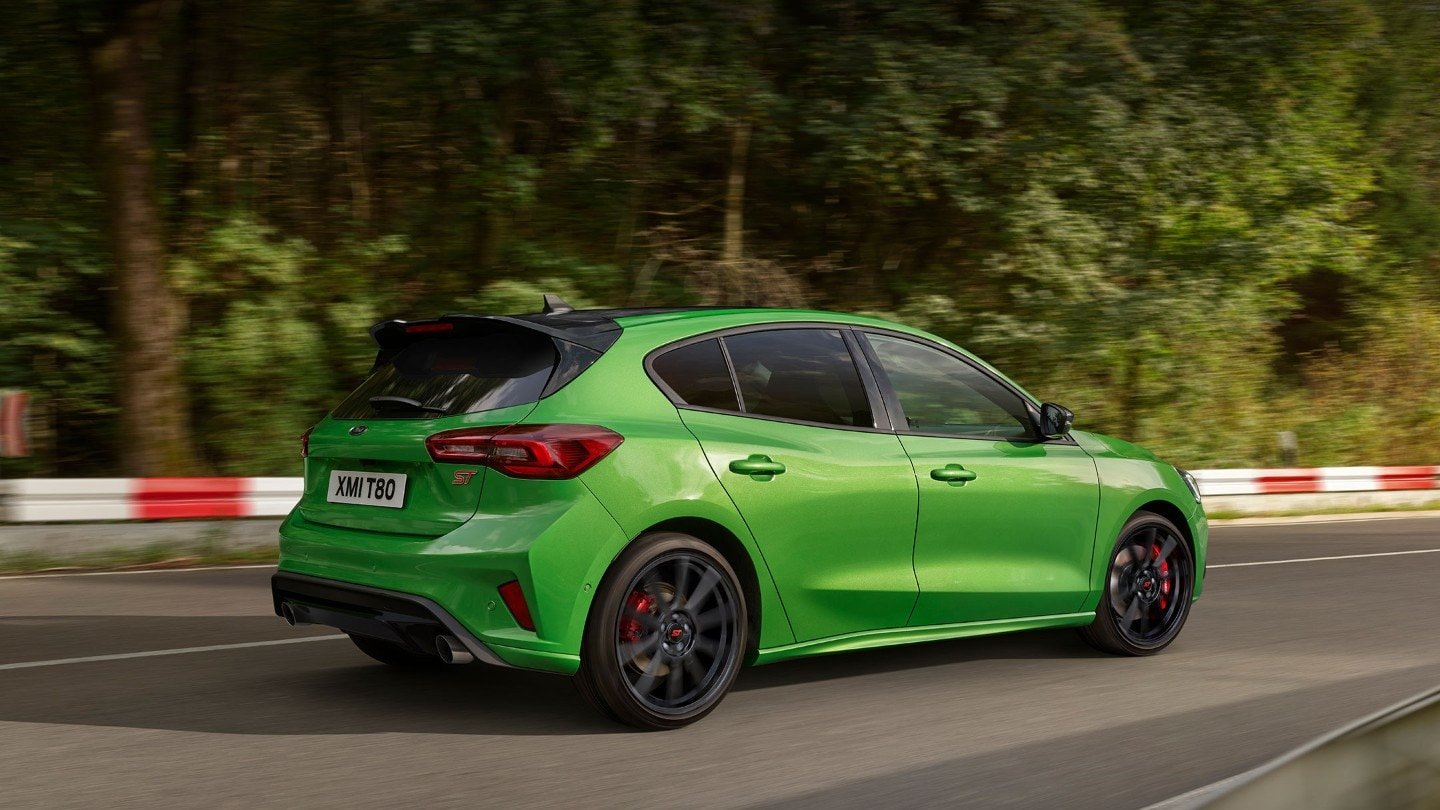Price
Per month

The Ford Focus is one of the most popular cars in Ford’s range and, with so many different options to choose from, whether you’re looking for a new or used Ford Focus, or another Ford model, it can be difficult to know which is the right option for you.
That's why at TCH Ford, we've made it easy to compare the various different trim models available.
Compare Ford Focus Trim Models